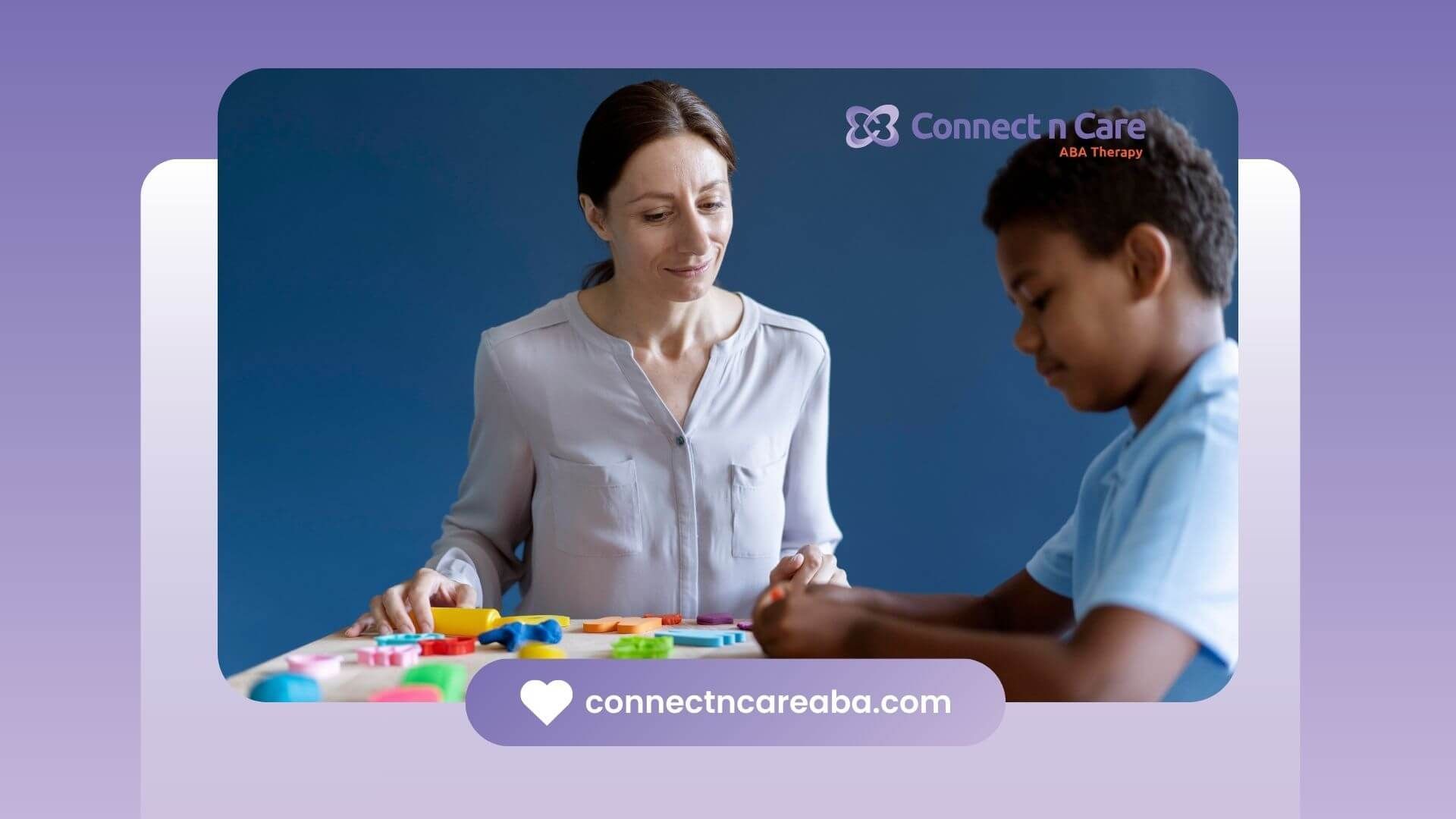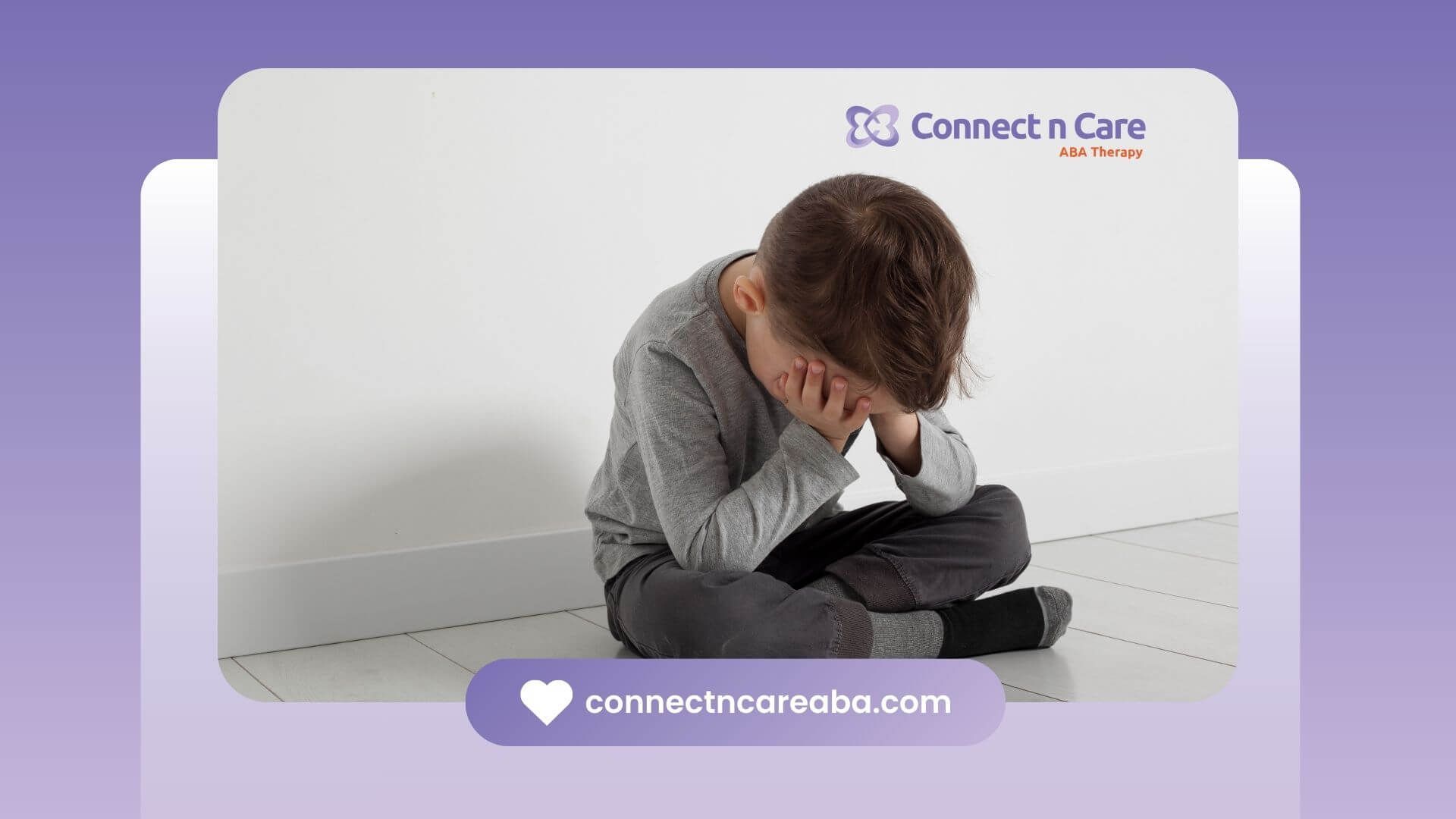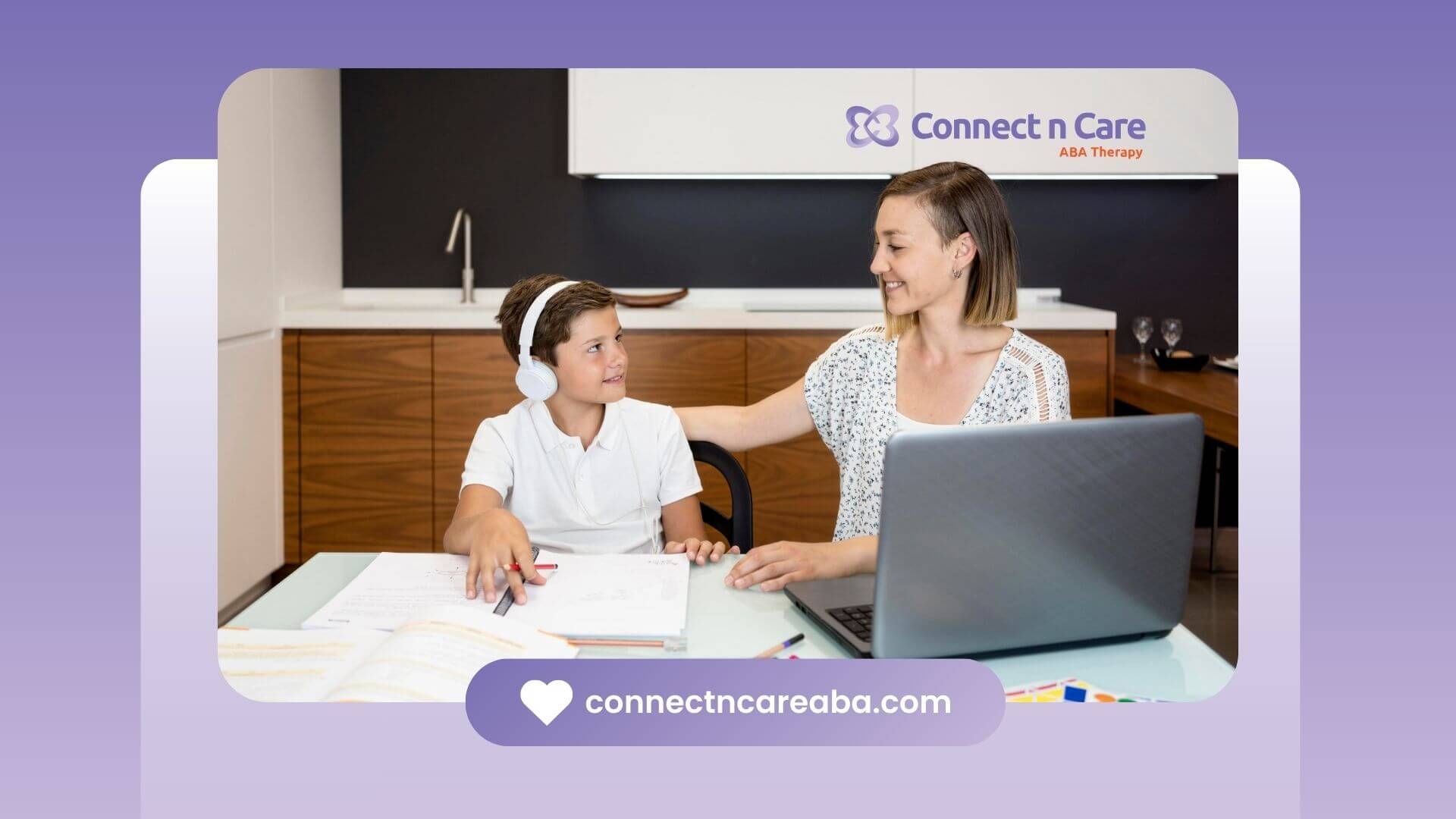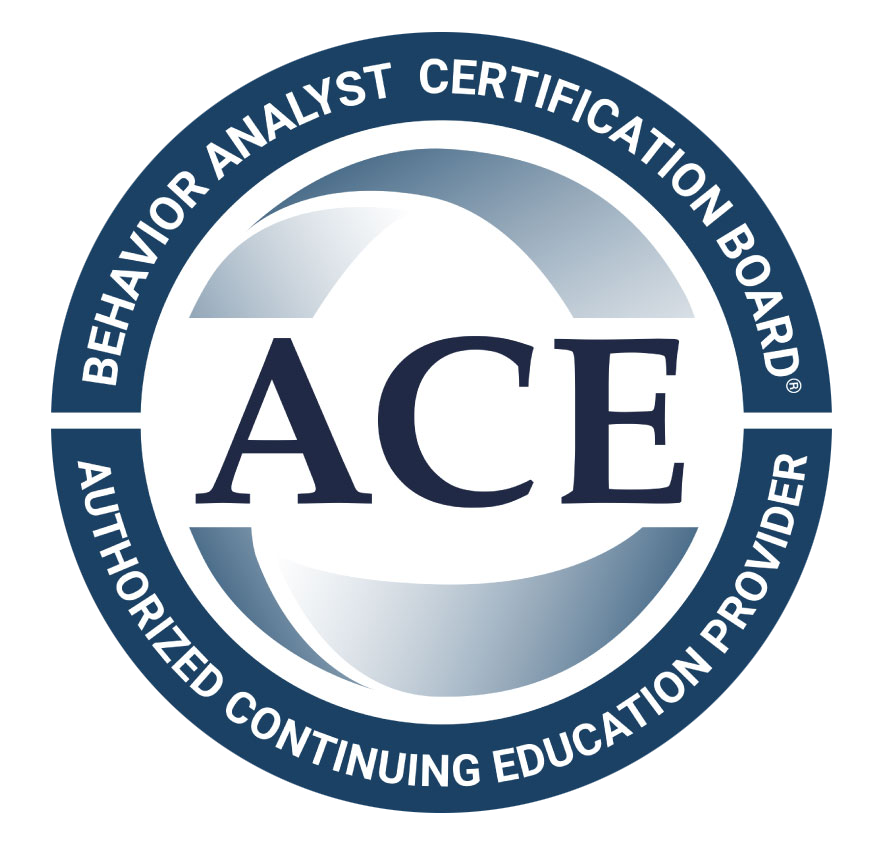For parents who have a child on the autism spectrum, it is normal to have questions about language development. Parents want to know if their child is hitting milestones in communication skills as part of early childhood. If a child is autistic, the path may look different, but there are still ways to watch for signs. It can be helpful to know if your child is showing key indicators that point to building the foundations of verbal communication. Knowing what to look for can help you give support, help, and hope to your autistic child. This guide will show you seven signs to help you see if your child may be starting to talk, and what you can do at every step, so they build good communication skills in early childhood.
Understanding Speech Development in Autistic Children
Speech development in children on the autism spectrum does not always follow the same path as it does for neurotypical peers. Some children with autism might take more time to learn language skills. Others could have a large vocabulary but may find it hard to use language in social situations. The way each child develops is unique. When it comes to nonverbal autistic children, there is no set timeline for when speech might emerge. Some may begin to speak during early childhood, while others may develop spoken language later in life, or might communicate primarily through alternative means such as sign language or communication devices. Progress is highly individual and depends on a range of factors, including early intervention and support.
Your child’s growth in this area might not move in a steady line. Still, there are certain behaviors you can look out for that show the foundation for speech is coming together. Even if your child is not talking yet, seeing a better understanding of language is very important. Watching for these early signs helps you see when your child is growing social skills and gets ready to talk. It gives you ways to help your child learn to communicate. Let’s look into some common myths and facts about this journey.
Common Myths vs. Reality About Talking in Autism
Navigating the world of autism spectrum information can be confusing, especially when it comes to speech development. Many parents wonder if all autistic children eventually learn to talk. While there's no single answer, it's important to separate common myths from reality. The presence of nonverbal autism does not mean a child will never develop speech.
Many children who are initially nonverbal go on to develop useful language skills. Progress depends on various factors, including the right support and intervention. There is no universal timeline for when a nonverbal autistic child might start speaking, as each child's development is unique. Some children begin to use words at age 4, 5, or even later, while others may develop different ways to communicate effectively. Understanding the facts can help you set realistic expectations and focus on celebrating every communicative attempt, whether verbal or nonverbal.
Here is a breakdown of common misconceptions versus the facts about speech in autism:
| Myth | Reality |
|---|---|
| If an autistic child isn't talking by age 5, they never will. | Many children develop speech after age 5. Research shows that with intervention, language acquisition can continue throughout childhood. |
| All autistic individuals who talk have unusual speech patterns. | While some may have patterns like echolalia or a monotone voice, many develop speech that is indistinguishable from their neurotypical peers. |
| Nonverbal autism means a lack of intelligence or understanding. | A child's inability to speak does not reflect their cognitive ability. Many nonverbal individuals have average or above-average intelligence and a strong understanding of language. |
How Speech Milestones Differ in Autistic Kids
The way language development happens in an autistic child may not always match what standard milestone charts show. It is not just a delay. You can think of it more as a different path of learning. The features of autism, like focusing too much on certain interests, can have an effect on how a child learns words. Some autistic children learn vocabulary tied to what they really like before other words.
If you want your autistic child to start talking, do not just wait for those first words. Look for the skills that come before speech. These skills include eye contact, answering when you say their name, and using gestures to ask for what they need. These steps are key for the start of social communication.
Getting an autism diagnosis does not mean that your child's communication will always be one way or will never move forward. There are many nonverbal children with autism who show signs of moving toward speech through different kinds of milestones. When you see and help grow these skills, you are supporting their language development and letting them find their own way to communicate.
Early Nonverbal Communication Signs to Watch For
Long before your child says that first word, they have ways to talk. For an autistic child, nonverbal communication is key. It shows the early signs of how their language will grow. These first cues are very important for social interaction. It is good for parents to notice and help with these signs. Watching your child’s body language and gestures can help you see into their feelings and needs.
This type of social communication usually comes before the child starts to talk. When a child uses their body to show what they want or need, it means they are understanding how to connect with others. Next, we will talk about clear early signs. You will see how eye contact, gestures, and body language are signs that your autistic child is moving toward using words.
Gestures, Pointing, and Reaching
The use of gestures is one of the earliest and strongest signs of developing communication in children. When your child starts pointing, reaching, or using other forms of body language, they are not just playing. They are trying to get your attention or let you know they want something. This means your child is taking part in social interaction with you. These early signs show they know how to use what they do to get things they want or to connect with you.
This skill is closely linked with something important called joint attention. Joint attention is when two people focus on the same thing at the same time. For example, if your child points to a bird and wants you to look too, they are inviting you to share that moment. It is different than just pointing to ask for something. This shows a more grown-up way of taking part in social interaction.
Seeing these body language gestures is a good and positive sign. Watch for things like:
- Pointing: Your child uses a finger or their whole hand to show you what they find interesting.
- Reaching: They stretch out their arms when they want something.
- Waving: They might wave "hello" or "goodbye" when they see people.
These early signs of body language help us know your child is learning to share their world and connect with others.
Eye Contact and Response to Name
Is your child starting to look at you more often? Do they turn to you when you say their name? These are early communication skills, and hitting these milestones is important. Many kids with autism find eye contact hard, so if your child is getting better at looking at your face, it’s a big step. It means they are starting to notice social cues and move closer to social engagement.
When your child responds to their name, it’s a good sign of progress. It shows that they can hear you and know who they are in a group. Being able to respond is also one way to start two-way communication with others, which helps them later when following instructions or talking with people.
Getting better at making eye contact and answering when named tells you your child might be ready for more complex social interactions. These skills help your child see facial expressions and connect with other people. This can make it easier to use verbal communication as they grow.
Vocal Play and Sound Mimicry as Positive Indicators
Vocalizations that are not words yet are a very positive sign. When your autistic child makes sounds like babbling, humming, or any other noise, they are playing with the voice. This kind of vocal play helps your child learn and is important for expressive communication. It shows that your child is getting ready to use real words. These small sounds are a happy and normal step in learning how to speak.
Even copying sounds or echolalia, when a child repeats words or phrases, can help them. Some people may think it is just doing the same thing over and over. But it shows your child is hearing words around them and trying to say what they hear. These ways of making sounds show us that your autistic child is going to be able to talk more in the future. They are strong signs of speech coming soon.
Babbling, Humming, or Echoing Sounds
Babbling and making sounds can be a good sign that your autistic child will talk one day. For many nonverbal individuals with autism, these noises are often the first steps in their language development. When a child babbles, they practice things like moving their mouth and controlling their breath. This helps them get ready to talk later.
Making sounds like humming can also help a child. It gives them a way to share how they feel and to try out sounds. Sometimes, a child may start to use echolalia. This means they repeat words or phrases they hear. Cynthia Martin, PsyD, from the Child Mind Institute, says that kids with autism can use echolalia to work through language and talk to others, even if they do not fully know what these words mean.
Do not ignore these sounds. When your child babbles, you can babble back to them. This makes them feel good about their efforts and shows them how to take turns when talking. This can help them keep learning to use their voice and move forward with language development.
Imitating Words or Tones from Adults
When your child goes from babbling to copying the tones or words they hear from you, that is a big step in their language skills. Imitation is key to learning. In verbal communication, it shows that your child is listening and trying to link their sounds to the words they hear. This is also a sign of social engagement.
At first, they might copy how your voice goes up and down before they say real words. You may see them try to match your tone if you get excited or when you ask something. This step helps them learn the feeling and tune in speech.
You can help your child grow this skill with interactive play. Here are some ways you can do it:
- Sing simple songs that repeat and pause so they can add a sound.
- Make fun animal noises and get them to copy you.
- Use different tones when talking about their favorite toys or things they like doing.
Conclusion
To sum things up, knowing the signs when your autistic child might start to talk can feel good and help you worry less. It’s important to know how each child goes through their own speech development to set the right hopes and give the support they need. You might notice early nonverbal cues, when they copy sounds, or do vocal play. These are good signs and show the way for verbal communication. Just keep in mind, every child grows at their own pace.
At Connect n Care ABA, families in North Carolina find guidance and hope in every stage of communication development. The clinic’s team uses proven ABA strategies to support language growth while recognising each child’s unique journey. With patient, consistent care, Connect n Care ABA helps parents understand signs of progress and celebrate every milestone along the way.
Frequently Asked Questions
Can babbling and making noises be signs that my autistic child will talk?
Yes, that's right. When your child is babbling, humming, or trying out new sounds, it is usually a good sign for speech development. This shows your child is finding out what their voice can do and learning the mouth and tongue movements needed for talking. These small steps help build up their communication skills and support verbal communication. This is very important for children with nonverbal autism and autism, as it helps them be part of conversations later.
How can I help encourage my nonverbal autistic child to start speaking?
Encourage your child to use speech by having fun with interactive play. This will help them feel excited to talk to you. Speech therapy gives the right tools and helps build vocabulary in their own way. Celebrate each try at expressive communication, no matter if it is just a sound or a full word. Always get professional guidance to make a plan made for their needs.
What are the early communication milestones to expect in autistic children?
You often see early communication milestones in autistic children through nonverbal skills. It can show up as more gestures, like pointing. You will notice better eye contact. Many children also start to respond when you say their name. Some begin to follow simple verbal instructions. These are signs that there is growth in their understanding of language and social communication.
Source:
- https://pmc.ncbi.nlm.nih.gov/articles/PMC10290604/
- https://pmc.ncbi.nlm.nih.gov/articles/PMC9578461/
- https://www.washington.edu/news/2007/05/03/autism-makes-recognizing-words-hard-children-with-the-disorder-use-more-of-their-brains-on-the-task/
- https://scholarworks.wmich.edu/dissertations/3230/
- https://pmc.ncbi.nlm.nih.gov/articles/PMC3862077/
- https://my.clevelandclinic.org/health/symptoms/echolalia
- https://www.autismspeaks.org/expert-opinion/nonverbal-autism-babbling









